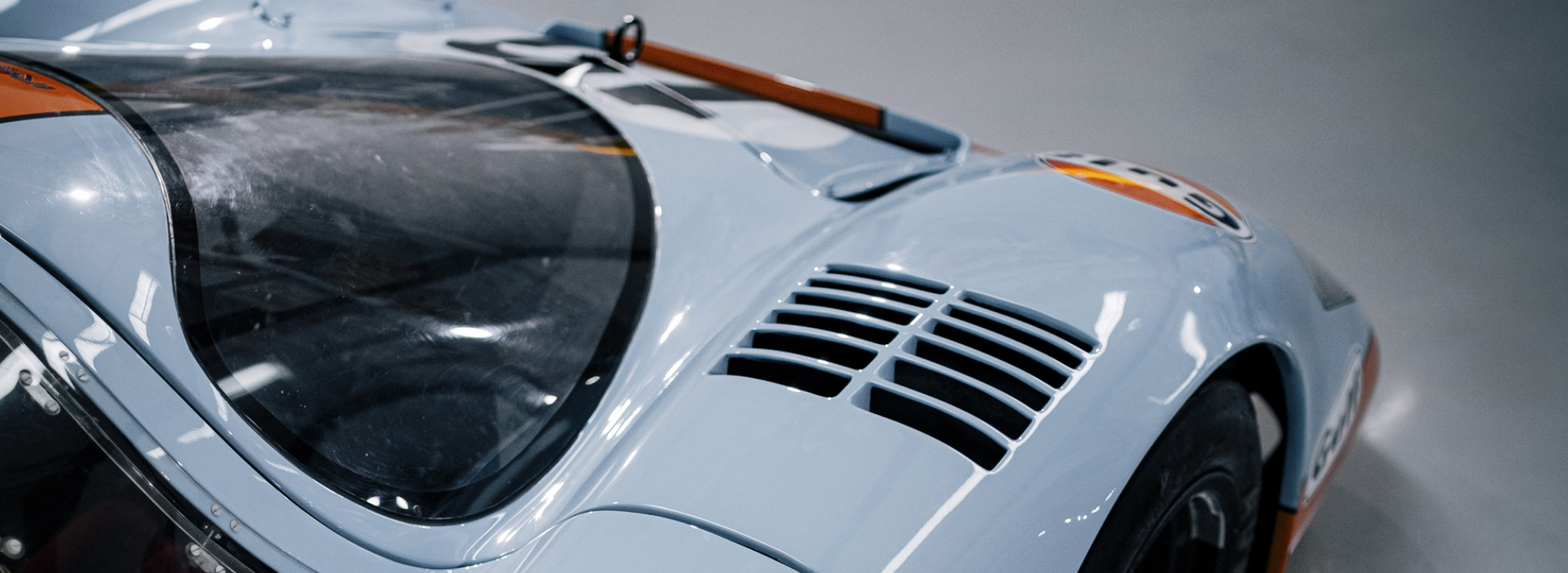
Talking about motorsport history means talking about Gulf’s iconic racing livery and being involved in the sport since the 1930s. Its iconic winning cars and drivers are etched into the memories of enthusiasts of the sport.
For the Gulf Motion project, we’ve drawn inspiration from 6 models to commemorate Gulf’s greatest moments and to bring them back to the present in the most innovative and modern way. Each of these models tells a story. Would you like to hear it?

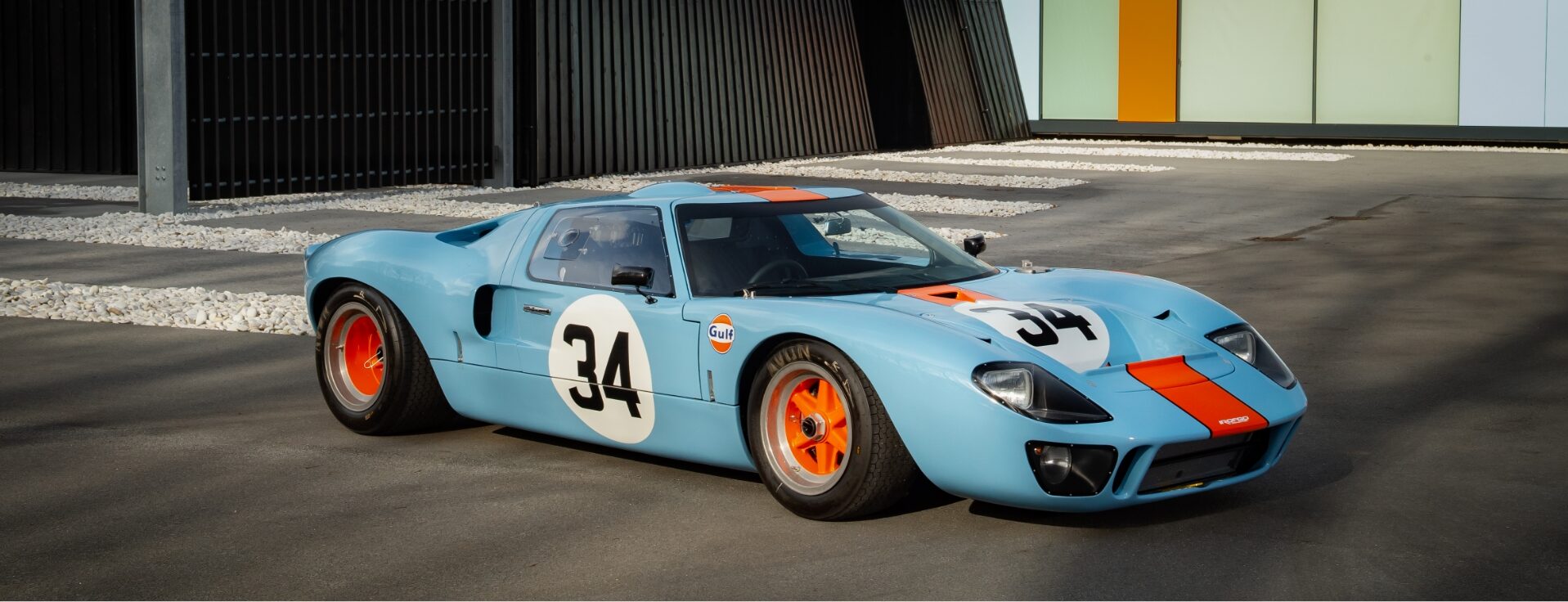
Undoubtedly the most successful pairing and one of Gulf’s most important moments in motorsport. The first victory in Gulf colors in the legendary endurance race: the 24 Hours of Le Mans.1968, 2 drivers: Pedro Rodriguez and Luden Bianchi, were the first to cross the finish line in the FORDGT40.
The rest is racing history: Ferrari and Ford and their rivalry during the 1960s resulted in 4 victories for the American team, 2 of them under the Gulf colors. This legendary model owes its name to the acronym “Grand Tourismo” and the vehicle’s total height (40 inches), V8 engine, and a livery for history that we couldn’t fail to remember.
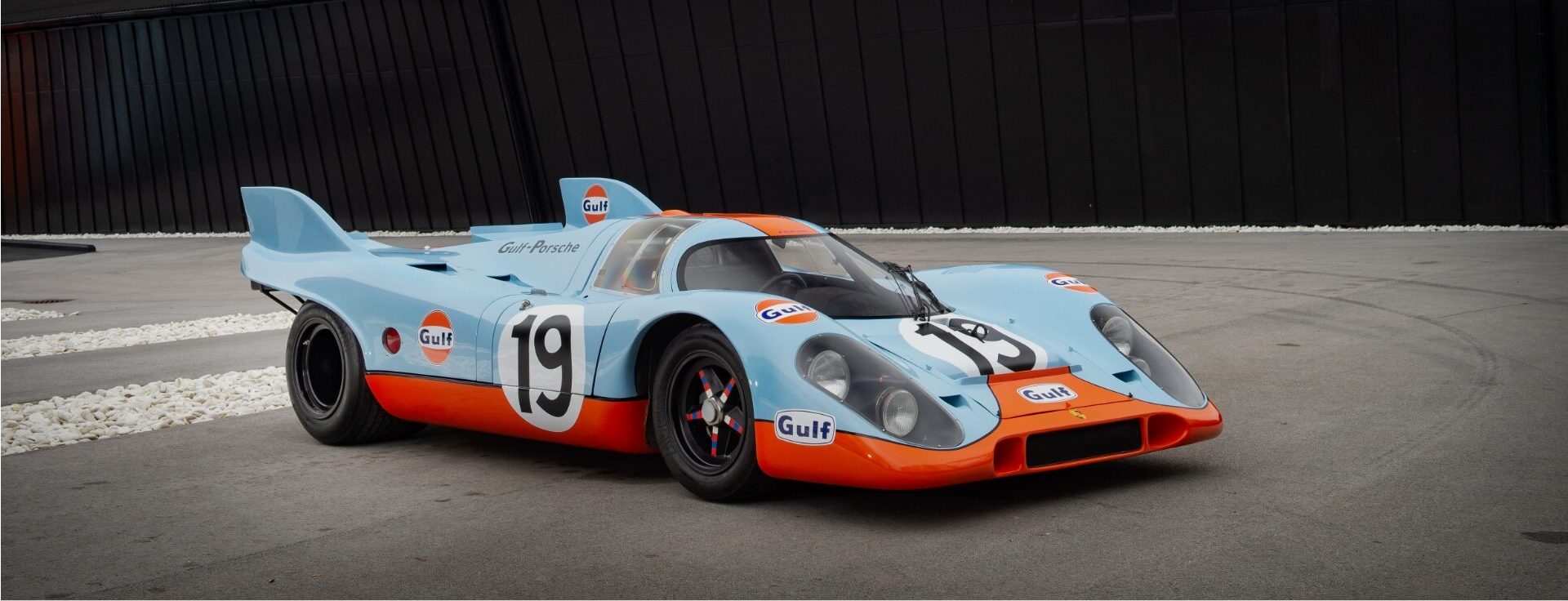
Another great milestone for Gulf: the 1970s and a car that became a legend: the Porsche 917k. It achieved victories at Le Mans in 1970, although its first victory was achieved that same year at the 24 Hours of SPA by the trio of Rodriguez, Kinnunen, Redman. For many, the best racing car in history, not only because of its peculiarities: horizontal 12 cylinder engine behind the driver’s seat and fiberglass bodywork.
But also for the history of its design, 3 different designs were made with the numbers 20, 21, and 22. Its fame is also partly due to the filming of the movie Le Mans, directed by Steve McQueen, and the novelty of its filming: it was the first time that Hollywood entered a racetrack, there were no stuntmen, and the drivers themselves were the ones who raced in the scenes. It was a time when drivers were true heroes, not just in the movies.
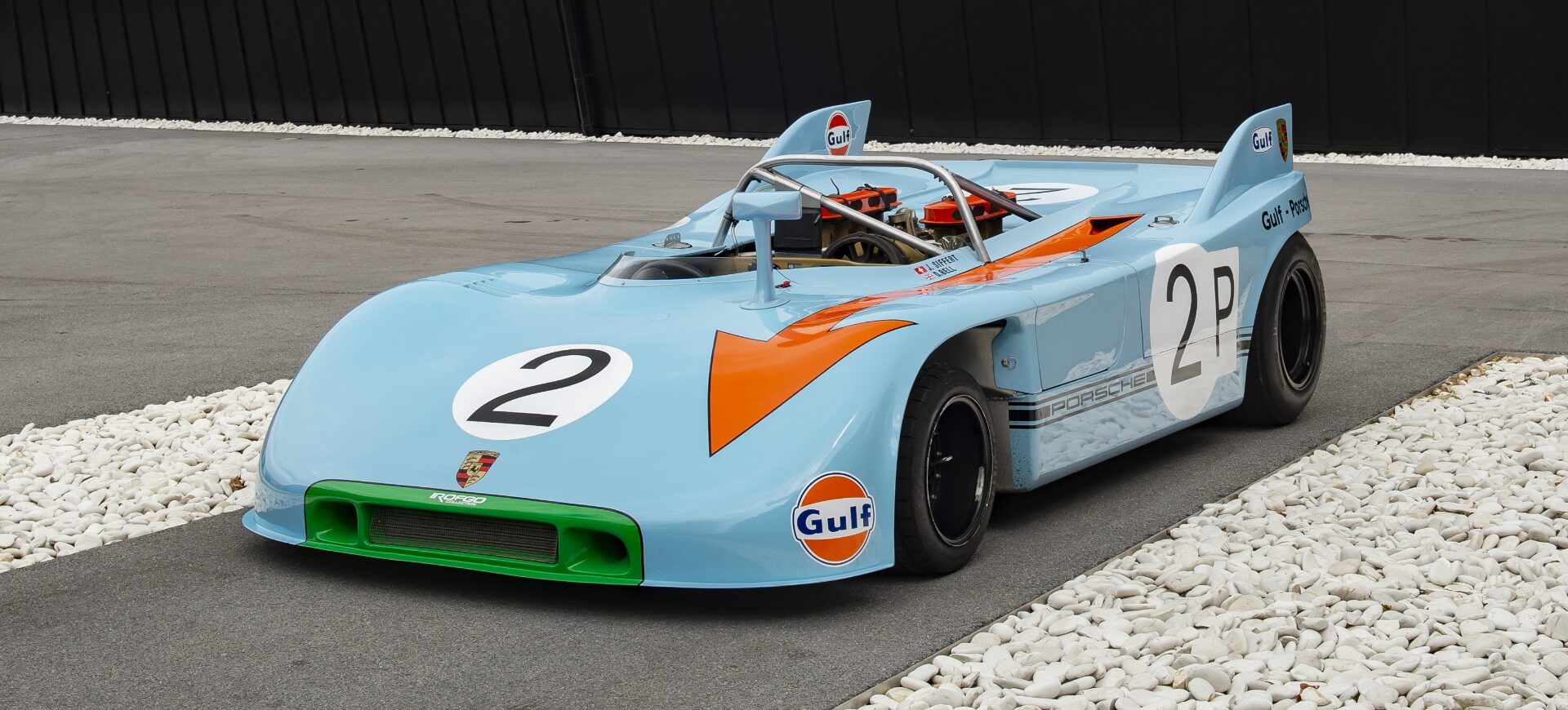
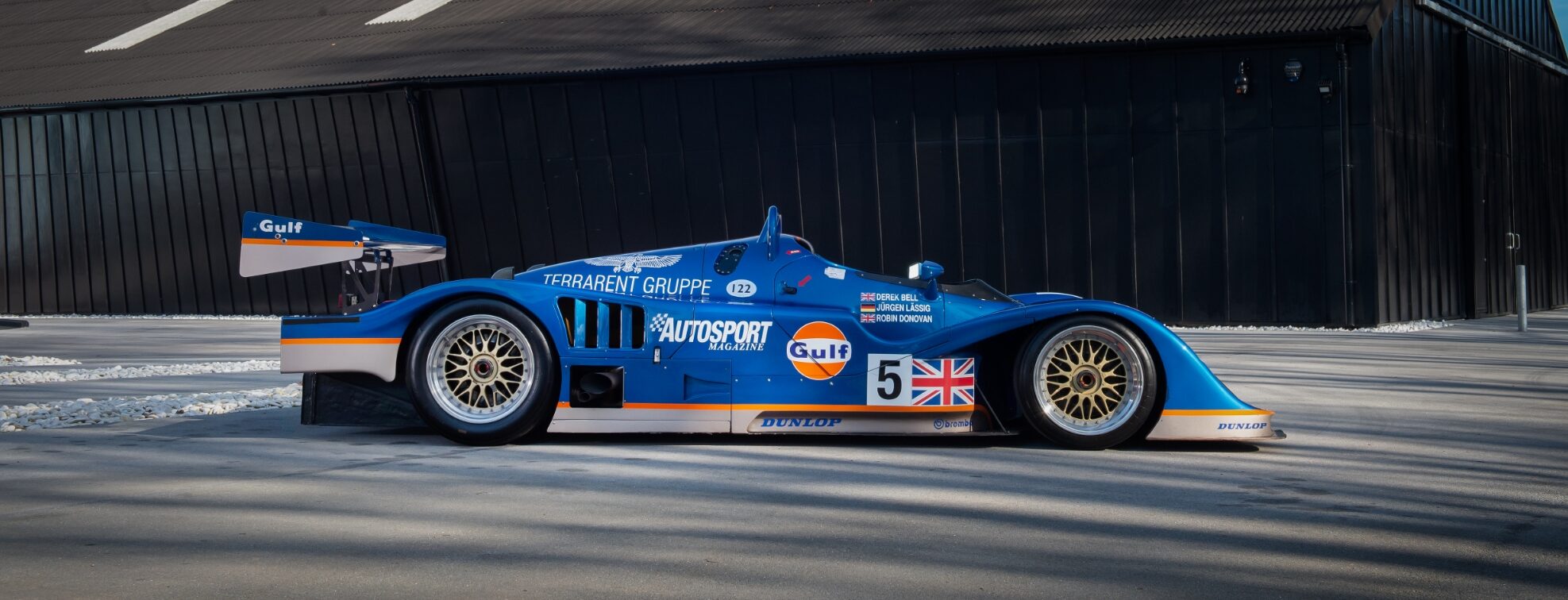
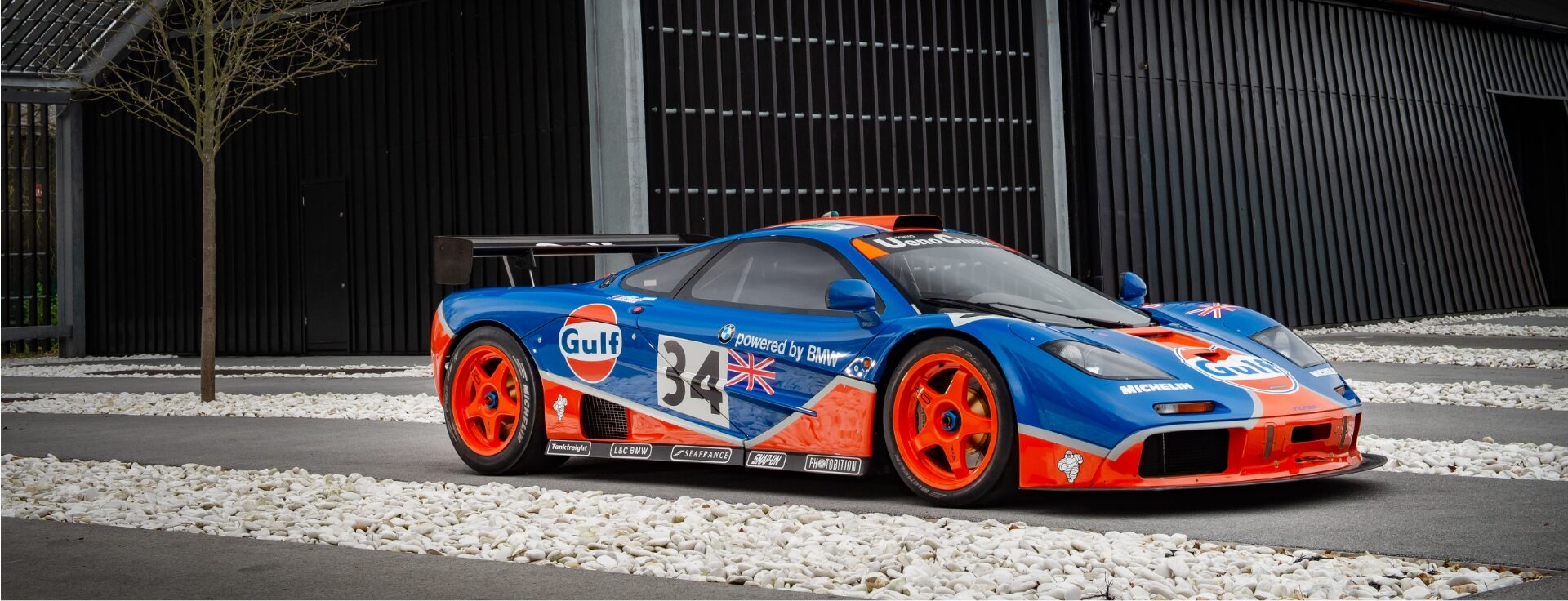
McLaren is another marque with which Gulf shares much of its success in the sport. This model is one such example designed by Gordon Murray as the “ultimate” road machine and, despite his renowned motorsport expertise, he never intended his new creation to have a race career. However, it took little time to persuade him to adapt it and build several examples in time for the 1995 season.
Such was the quality of the standard road car that, in fact, very little work was needed to create a winning sports version. Success was not long in coming. In the 1995 24 Hours of Le Mans, the GTR finished first, third, fourth, and fifth and achieved the highest top speed of that year, 281 km/h (177 mph). Undoubtedly a model that could not be missing in our project.